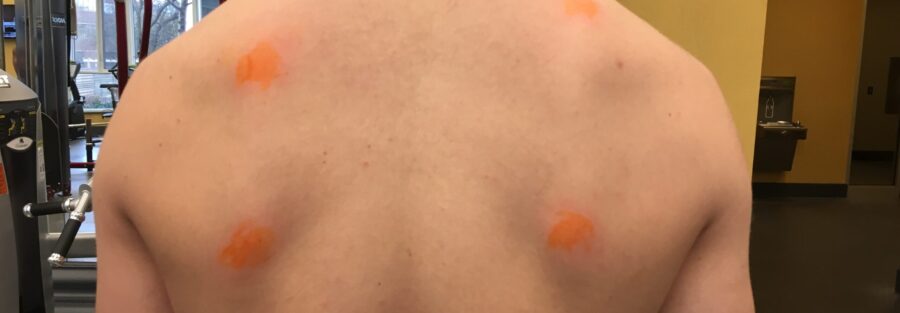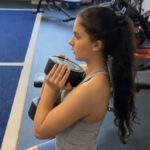The role of asymmetry in “sport-specific” training.
In strength & conditioning we have something that we call the Two-to-One method. It is a method that seeks to balance the strength between each pair of limbs by performing twice the amount of work on the arm or leg that is weakest. As an example, if your left leg was weaker than your right during a split squat, you would program twice as many sets of work with the left leg every time you trained the split squat until the leg had caught up. All this to say that the two-to-one is a commonplace method for balancing strength, but less so for balancing posture.
While freak accidents and unpredictable contact injuries occur at all levels of sport, most of the time injuries are born from overuse. Overuse either loads the involved tissue with more stress than it is prepared to bear; or, it creates postural changes that make it more difficult for our joints to perform certain actions. This does not necessarily have to be one or the other. With the practice and competition volume present in modern sport, both scenarios can occur simultaneously- and either can lead to the other. This is because athletes develop postures specific to the actions performed in their sport. Take for example swinging a bat or throwing a baseball. It is likely that an athlete swings and throws with the right side of the body. Over the years, since the same actions are rarely performed with the left side, the athlete might take on a slight leftward rotation at the hips or shoulders.
The most important thing to accept is that creating perfect symmetry is a losing battle. But we can program countermeasures to reset or “neutralize” athlete postures as much as possible. This can at least help reduce the chance that asymmetries developed in posture will deteriorate into injury.
1. Reverse Throwing: https://youtu.be/uQ4t04PDc5M
2. Vertical (push-pull) Asymmetry Work: https://youtu.be/wVWknZ66tFs
What are some examples of what this would look like in a training program? Let’s look at the actions above. In your sport if you are a right-handed hitter, shooter, or thrower, perhaps include more medball training for the left side of the body. If you do a lot of jumping and landing, include more exercises that work the hips and require you to stretch the knee extensors. If you are a right-handed pitcher, spend some time doing reverse throws with the same hand. One shoulder blade higher or lower than the other? Do more overhead pushes with one arm and more pulldowns with the other.
These are only some examples of the many. The point being that planned asymmetry in strength & conditioning may be the most productive application of “sport-specific” training. Athletes perform thousands of asymmetrical reps during a season, and a little bit of asymmetrical loading in the strength training program can help mitigate potential long-term consequences
Happy Training.





